Most tiling specialists have an intimate knowledge about the difference between sanded VS unsanded grout. But even some experienced general contractors are still unsure about the differences between the two most common grouting materials.
So, to help you take a side in the sanded VS unsanded grout debate, we’ve put together this guide. Whether your next project is a residential shower installation, an outdoor patio, or a kitchen renovation, you’re sure to benefit from the knowledge you’ll gain from our guide.
Read on and learn about the ideal applications for both sanded VS unsanded grout – and the biggest differences between the two.

1. Sanded Grout Is Thicker Than Unsanded Grout – And It’s More Durable
Sanded grout is exactly what it says at the box when you pick it up at your local tile store. It’s a standard grouting material with aggregate sand material added. The added aggregate material makes sanded grout much more durable than unsanded grout, for one simple reason. Shrinkage.
When cement-based, unsanded grout dries, it shrinks – and it can pull away from tiles. Adding sand to the grouting mix ensures that the material doesn’t shrink as much. This is because the ratio of aggregate material to cement is much higher. For pure durability, sanded grout always wins in the contest between sanded vs. unsanded grout.
As the grout cures, the sand becomes locked in place and it won’t move. This is true even when the grout is completely dry. This ensures proper adhesion of tiles that must be placed more than 3mm apart, and for tiles that are going to have heavy foot traffic on them – such as in the kitchen.
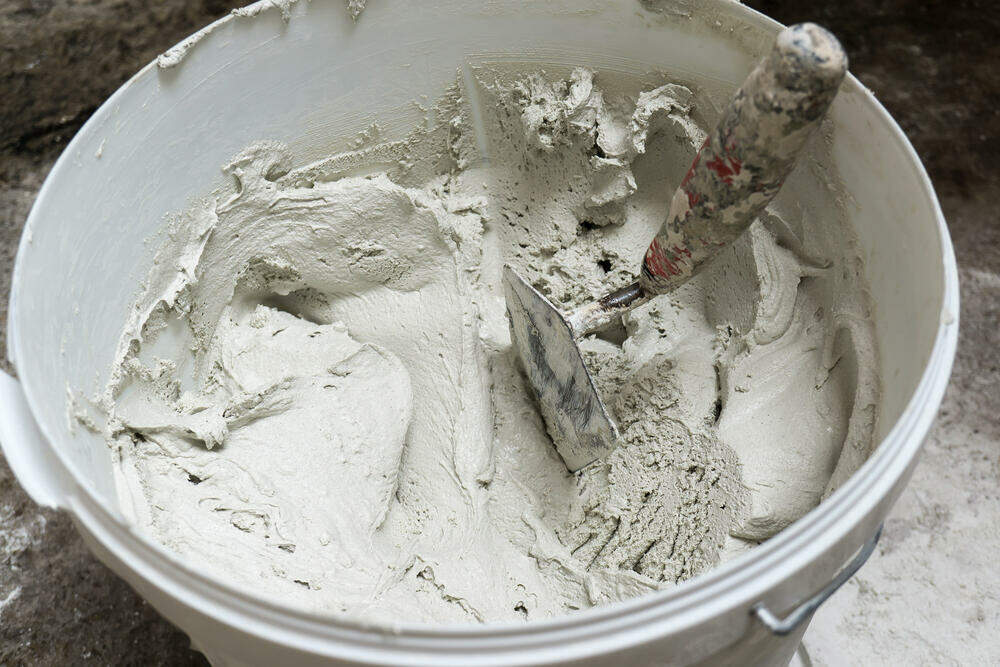
Sanded grout also resists cracking, making it more durable. Unsanded grout can be prone to severe cracking when it has pressure applied to it, making it unsuitable for most flooring applications.
Sanded grout is the go-to choice for most interior flooring installations. This is because it is more durable than unsanded grout, can handle foot traffic, and is usable for larger tile joints. Next time you take on a big project for a customer and are going to be renovating a tile kitchen or a bathroom, you’ll definitely want to grab some high-quality sanded grout.
A final note is that you won’t be able to use just any sanded grout if you’re working on extremely large tile joints. For projects with a 5mm or larger tile joint, you’ll need what’s known as “wide-joint mixture” grout, which is readily available at most tile stores. Wide-joint mixture has a higher volume of large aggregate material to further reduce shrinkage issues. This makes it perfect for tile projects with large grout joints.
2. UnsandedGrout Provides A Better Hold On Vertical Surfaces
If you’ve ever installed a shower before, chances are that you used unsanded grout. Unsanded grout is extremely sticky, because it has no additional sand or aggregate added to it. You can easily spread it onto a vertical surface, and will stick there with no issue as you work to force it into grout lines.
And even though unsanded grout shrinks, this isn’t much of an issue on a vertical surface. Tiles are typically fairly close together – usually between 2mm and 4mm. This means that the shrinkage that will occur after the grout dries and cures, won’t have an effect on the durability of the tile.
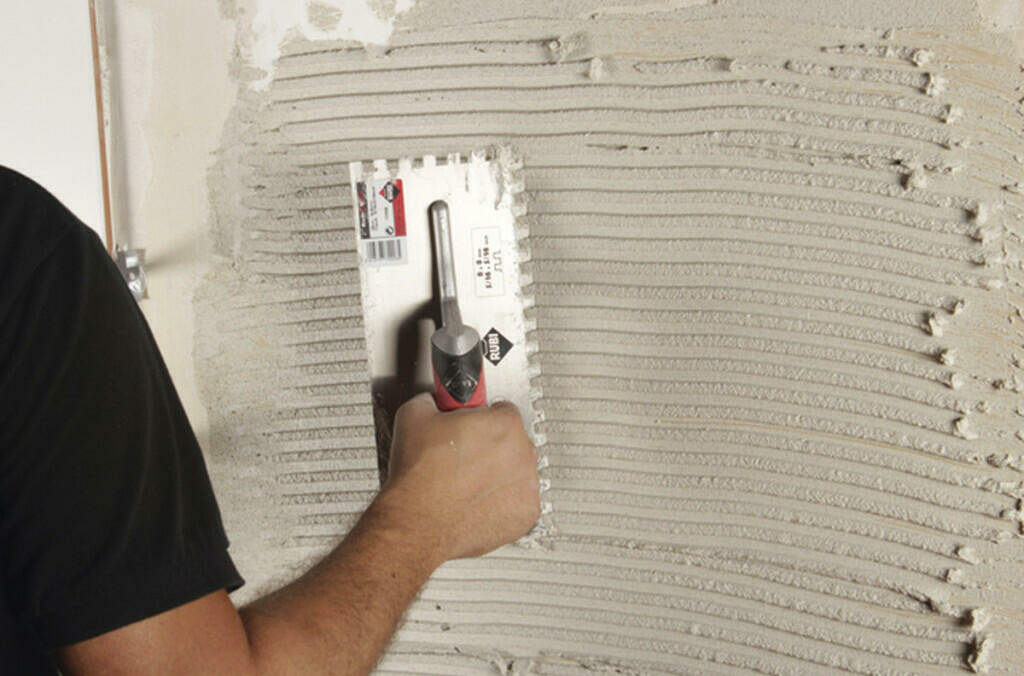
Durability is also not much of a concern for vertical tiles. Though unsanded grout is not ideal for applications where tile has a lot of foot traffic on it, you will have no problem with great hold on vertical surfaces. In addition, it won’t crack, because there is little–to-no pressure applied to it.
There is an additional benefit to using unsanded grout for more tricky vertical surfaces. It’s easier to work with than sanded grout, and you can get a totally even spread when working with unsanded grout. This allows you to focus only on placing your tiles in the right spot – and delivering a great project.
3. SandedGrout Can Damage Smooth Tiles
Another consideration when choosing between sanded vs. unsanded grout is the tile material that you’re working with. The harsh aggregate material present in sanded grout can damage delicate materials such as granite, marble, limestone, and other soft stones.
Sanded grout can work a lot like sandpaper. The materials used to create the sand are often much harder than soft stones. Spreading sanded grout over soft tiles can cause damage, especially on soft limestones and marbles. This is a huge determining factor when choosing between sanded vs. unsanded grout.
Unsanded grout is often the best choice for smooth, polished tiles like marble, even if the joint width is 3mm or larger. Usually, most contractors use an epoxy-based grout in these situations – not traditional sanded or unsanded grout.
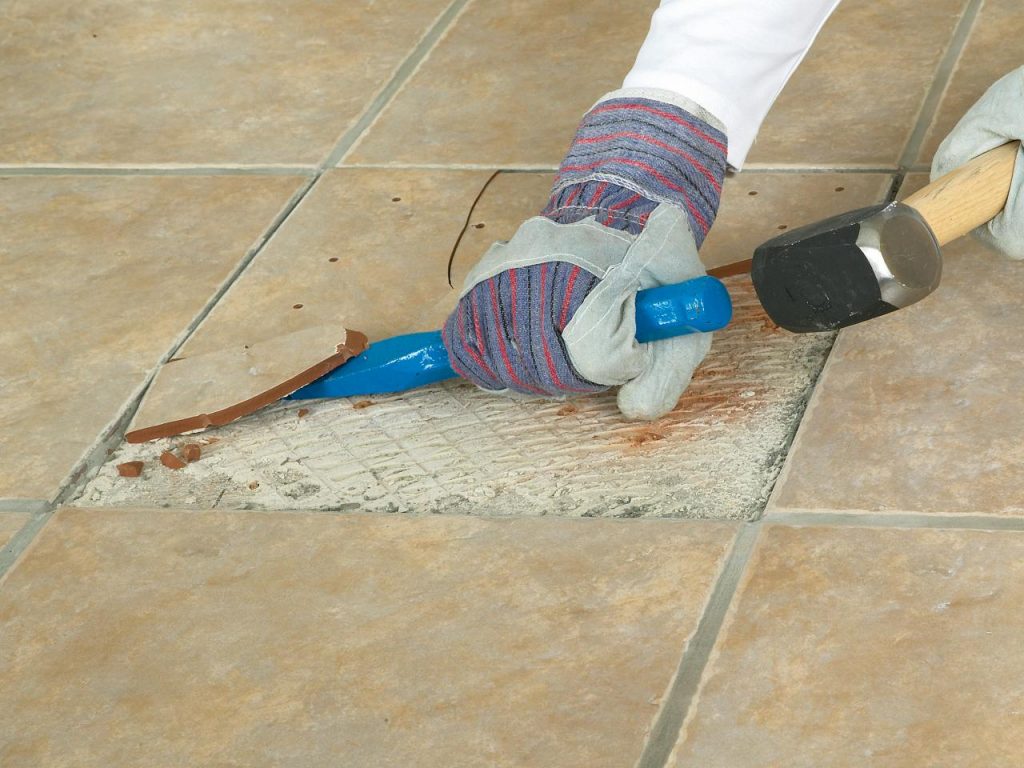
Grout can be purchased in an epoxy-based form – and they’re essentially the same as their portland–cement based relatives.
However, instead of being using the reaction between cement and water, these grouting options use advanced chemical compounds, consisting of a base and an activator. When you add the activator to the base, the grout begins to cure in a non-reversible chemical reaction that results in an extremely strong hold.
The primary drawback of epoxy-based grout is that it’s quite expensive. It’s over twice the cost of traditional unsanded grout. It can also can be difficult to work with, due to short cure times. If you don’t manage to coat your entire work area in your epoxy-based grout before it cures, it’s going to become totally stiff and unworkable – you won’t be able to spread it at all.
Using an advanced mixer like the RUBIMIX-9 N Mortar Mixer to get your grout mixed quickly can help, but it’s still a challenge if you’re working on a large area.
[Interested in mixing mortar like a pro? You better get the right tools!]
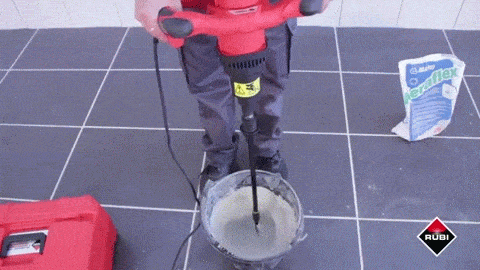
Still, if you’re working on highly-polished tiles that have a joint of more than 3mm, epoxy grout is going to be the best choice. It’s more durable than traditional grout, and doesn’t pose the risk of scratching, that sanded grout does. When it comes to preserving softer, more delicate tiling materials, the contest between sanded vs. unsanded grout is not a contest at all.

4. Sanded Grout Should Never Be Used For Joints Smaller Than 2mm
If you try to use sanded grout for a tiling project using joints that are smaller than 2mm, you’re going to have some serious problems.
It’s a bad idea to use sanded grout for precision joints that are smaller than 2mm. For precision work, unsanded grout is almost always a better choice.
Here’s why:
First, it’s harder for you to work with sanded grout in tight spaces. The aggregate “sand” material used to create it can be quite bulky, and preclude you from being able to squeeze it into small tile joints, making it unsuitable for precision work. Sanded grout is durable, but that doesn’t really matter if you can’t even manage to squeeze it in between your tile applications correctly.
Another problem that sanded grout causes in small joints is pinholing. Using sanded grout for small joints can require contractors to use more water in the base. This makes spreading the grout easier – but excess water can often cause pinholes.
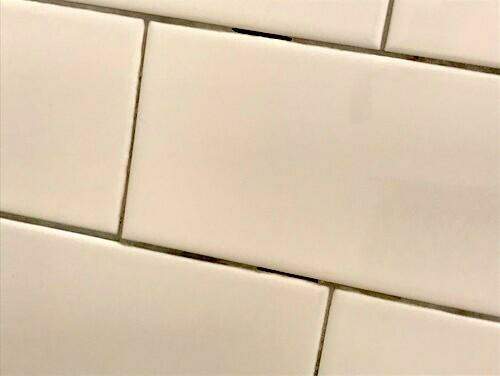
[RELATED: Learn pro tips to prevent the most common tile installations problems]
Pinholes occur when grouting traps large amounts of water, which then evaporates over a long period of time. When this happens, the grout that sits above the now-empty air cavity collapses, causing a small, pin-like hole – hence, the name. Customers don’t like pin-holes.
So if you’re doing a project with joints that are smaller than 2mm, you run the risk of having trouble installing your tiles correctly. In addition, you could be leaving behind, pinholes that tell customers that you used the wrong grouting material– neither of which is ideal.
Understand the difference between sanded VS unsanded grout – and make your next contract a success
Now, you probably already know most of what we went over above – you’re a professional, after all – but it’s always good to expand your knowledge as a contractor.
More knowledge means that you’re able to better serve your customers. And after getting an inside look at the differences between sanded and unsanded grout, you’re armed with all the knowledge you need, to knock your next tiling project out of the park.
Just like any other tool, each type of grout is different. So, don’t just grab a one-size-fits-all grout for your next job. Think about what you’ve learned above, and the basic differences between sanded vs. unsanded grout. After you carefully consider what will be appropriate for the task at hand, you can make your purchase.
After all, making the right grouting purchase decision can be the difference between a happy customer with a gorgeous new kitchen backsplash – or an unhappy one with a cracked tile floor that’s ridden with pinholes.
[RELATED: How to choose the right tile trowel size?]


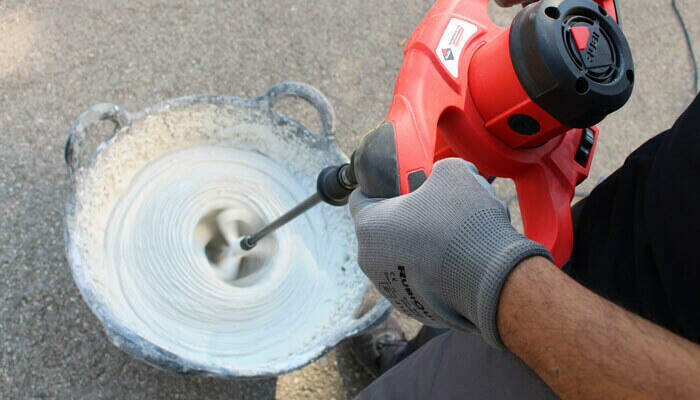
Post a comment